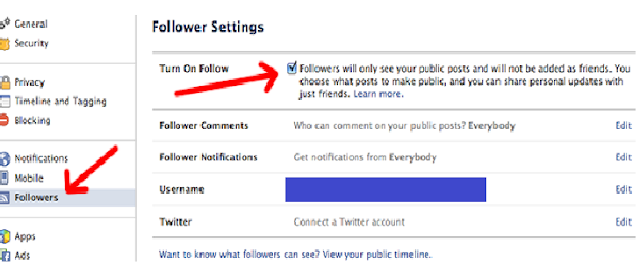Google updated its Android version usage stats today, and for the first time Jelly Bean has pulled ahead as the most-used operating system. That’s probably been helped by a number of OEMs pushing out Jelly Bean updates to their handsets recently, including the AT&T Galaxy S2. Gingerbread is still a close second, however, indicating a lot of older devices are still in use.
Google provides monthly updates on OS version share and this one takes into account data collected (based on Google Play store usage) over a two-week period ending today, July 8. Jelly Bean has been approaching a majority share, but this is the first time it has passed it, thanks to a 32.3 percent share for versions 4.1.X, and a 5.4 percent share for versions 4.2.X. Ice Cream Sandwich, which was sandwiched between Gingerbread and Jelly Bean, is less popular than both with the next biggest chunk of 23.3 percent.
Jelly Bean is the most current version of the Android mobile OS, so this is good news both for developers and for Google. OS updates almost always bring new features for developers, but developers need the OS to actually be used by a large number of users before they can adopt those new features, and adopting those new features is what Google and other mobile platform operators will attract and keep new users.
Fragmentation is often cited as a big problem for Android, and Google has taken steps to address that, including expanding its Nexus program to include more devices. Both Samsung and HTC now offer their flagship handsets (the Galaxy S4 and HTC One) via Google’s own Play store, featuring “Google Edition” monikers that grant them updates in time with Google’s own Nexus line of devices, which is to say as soon as they become available.
That, combined with ongoing efforts to push updates out faster to eligible hardware via carriers, is helping Google make progress in terms of getting people on newer versions of the OS faster. I’d still prefer that every Android phone had the option to change it to a “Google Edition” quickly and easily, without expert technical knowledge, but maybe that day’s not too far off, if Google really wants to ramp up the speed of adoption of new OS versions.





